Slavs and Tatars

“Not Moscow Not Mecca”
Kraupa-Tuskany Zeidler Berlin, Germany | 2012
In this FSA Inspiration, we highlight the work of Slavs and Tatars, an artist collective spanning the territories of the former Berlin Wall and west of the Great Wall of China known as Eurasia (Central Asia, Eastern Europe, and West Asia).
According to the Slavs and Tatars artists’ statement, thier exhibit “Not Moscow Not Mecca” examines syncretism as “the combination or amalgamation of distinct beliefs, religions, images, languages, or politics – as a third way between the two major geopolitical heavyweights of the twentieth and twenty-first centuries: communism and political Islam. Hybrid genealogies are told from the perspective of the region’s fruits: from the persimmon to the mulberry, from the melon to the pomegranate. The history of the region’s flora moves beyond the anthropomorphic focus on historical personages of a region.”
From Kraupa-Tuskany Zeidler’s press release “Not Moscow Not Mecca”:
“Not Moscow Not Mecca” begins the work of Slavs and Tatars’ third cycle: The Faculty of Substitution. “In The Faculty of Substitution the artists investigate the role of the sacred and syncretic as a vehicle for social change. “Substitution allows us to tell one tale through another, to adopt the innermost thoughts, experiences, beliefs, and sensations of others as our own”. In an effort to challenge the very notion of distance, Slavs and Tatars look into points of comparisons between the Orient and the Occident, modernity and Islam. Through moments of cognitive dissonance, The Faculty of Substitution discovers affinities among the apparently incommensurable and introduces histories beyond the grand hegemonic narratives of Communism and Islam.
Conceived as an installation for the Vienna Secession in May 2012, ‘Not Moscow Not Mecca’ writes the ‘collective autobiography of Central Asia through the fora and not the fauna.’ The exhibition activates fruits such as the quince, the sour cherry, the mulberry, or the watermelon as bearers of knowledge from various cultures and presents them as real and imaginary offerings in an open shrine. Each fruit stands for a linguistic, spiritual, emotional, or political form of syncretism across the steppes of Eurasia.”
Above image: Slavs and Tatars, “Triangulation (Not Moscow, Not Mecca),” 2011. Concrete, paint.
Excerpt from Slavs and Tatars’ book, “Not Moscow Not Mecca”:

Slavs and Tatars, “Never Give Up The Fruit,” 2012. Hand-blown glass, bulbs and canvas cables, with electrical fixtures, wooden beams.

Slavs and Tatars, “Fragrant Concubine,” 2012. Hand blown glass, bulbs and canvas cables, with electric fixtures, dimensions variable.

